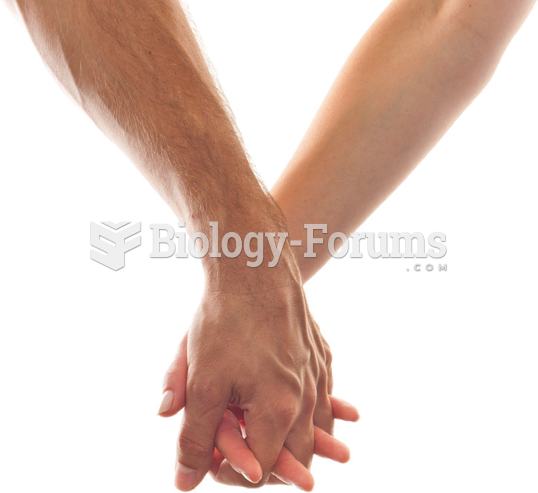(1) Empathy is the ability to understand or identify with another person's feelings, motives, or situation. (2) The more a person can feel for others, the more likely he or she is to be kind, even to those who look or seem different, and even to speak up if someone is being mistreated. (3) Experts say that empathy is more important than ever because bullying and social tensions are on the rise. (4) Examples of empathy exist even in infants, who cry when another baby cries and seem to prefer adults who help others. (5) Yet childhood experiences can either promote or squelch the growth of empathy. (6) An abused or neglected child is more likely to become mean or aggressive. (7) A second example of empathy in action is the preteen who sees an overweight classmate being teased and speaks up in defense of that child. (8) Empathy seems to help overcome fear of the bully and his supporters. (9) Often, just one person speaking up can stop the bully in his tracks. (10) A third instance of empathy in action is the adult who overhears a shop owner or bank customer insult someone of another race. (11) Feeling shock or anger in the bullied person's behalf, he or she might ask the bully to be respectful or just shut up.
What writing pattern does this paragraph employ?
A) Classification
B) Cause and effect
C) Definition
D) Persuasion
Question 2
(1) Empathy is the ability to understand or identify with another person's feelings, motives, or situation. (2) The more a person can feel for others, the more likely he or she is to be kind, even to those who look or seem different, and even to speak up if someone is being mistreated. (3) Experts say that empathy is more important than ever because bullying and social tensions are on the rise. (4) Examples of empathy exist even in infants, who cry when another baby cries and seem to prefer adults who help others. (5) Yet childhood experiences can either promote or squelch the growth of empathy. (6) An abused or neglected child is more likely to become mean or aggressive. (7) A second example of empathy in action is the preteen who sees an overweight classmate being teased and speaks up in defense of that child. (8) Empathy seems to help overcome fear of the bully and his supporters. (9) Often, just one person speaking up can stop the bully in his tracks. (10) A third instance of empathy in action is the adult who overhears a shop owner or bank customer insult someone of another race. (11) Feeling shock or anger in the bullied person's behalf, he or she might ask the bully to be respectful or just shut up.
Select the transitional expression in the paragraph that introduces an example:
A) Experts say that
B) Yet
C) Often
D) A third instance
 (A) The nine regions of the abdominopelvic cavity. (B) The four regions of the abdomen, which are re
(A) The nine regions of the abdominopelvic cavity. (B) The four regions of the abdomen, which are re
 Older adults may grieve intensely over the loss of a person or situation that has been a part of the
Older adults may grieve intensely over the loss of a person or situation that has been a part of the





